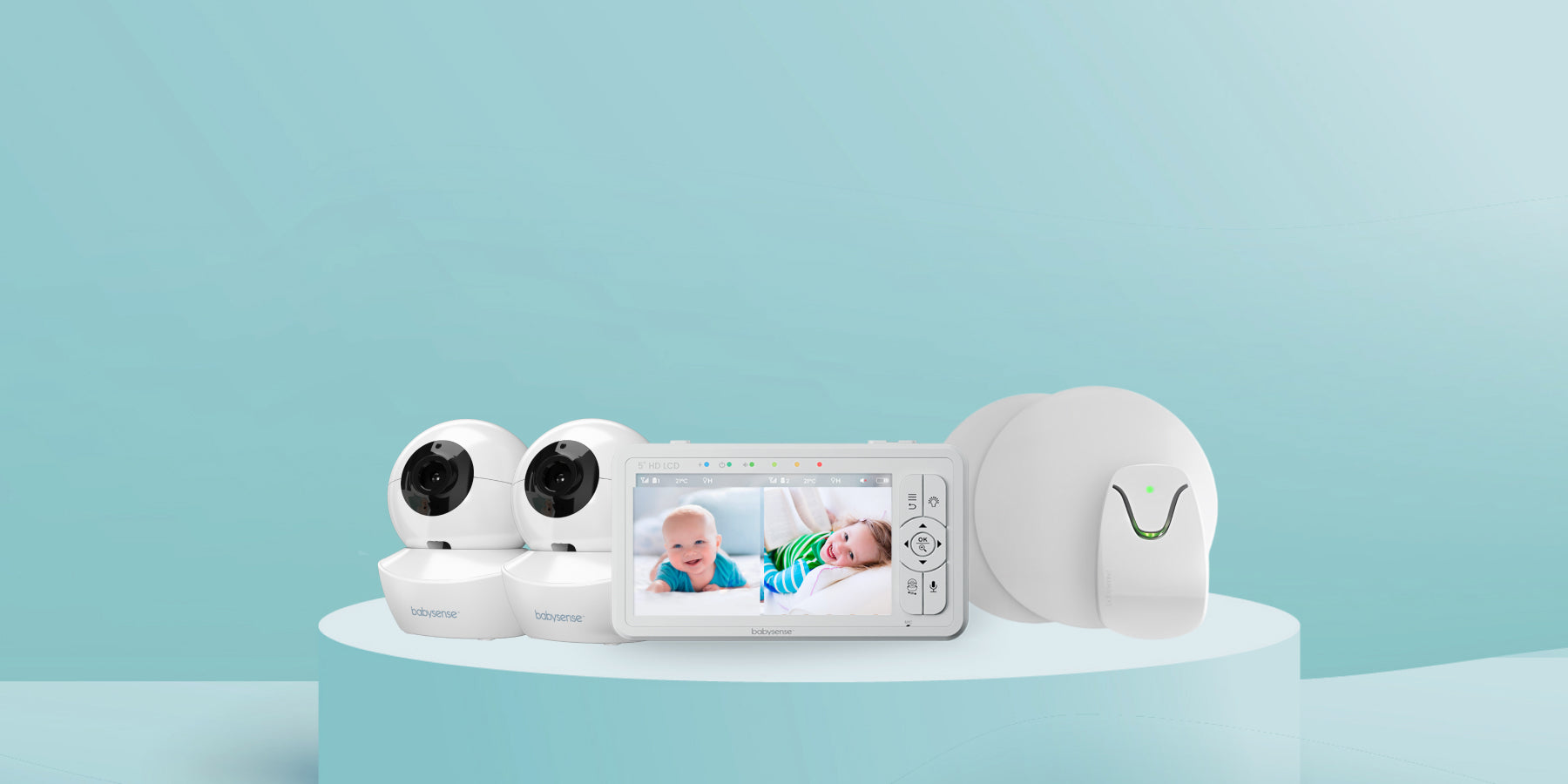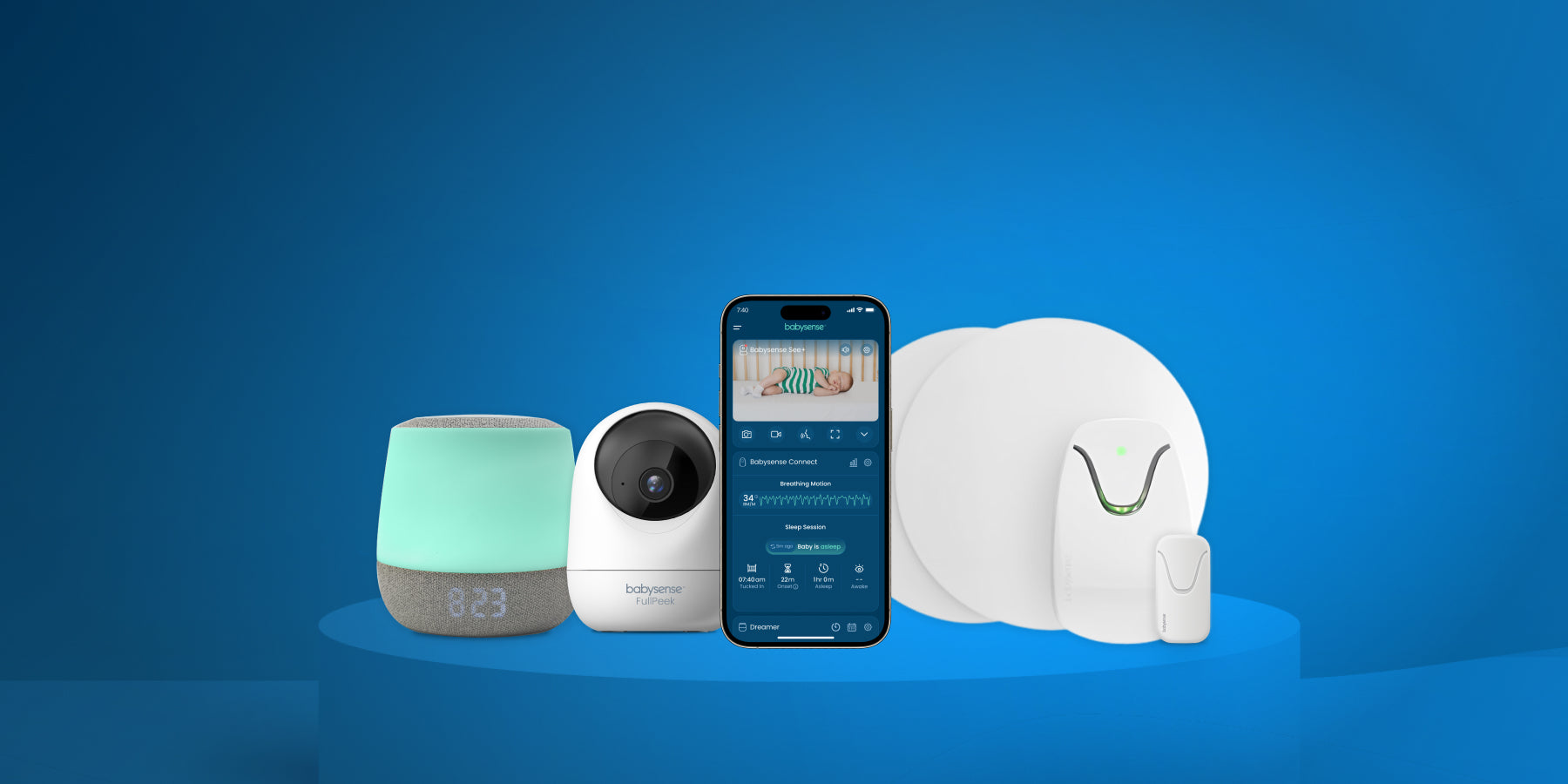Managing cracked and bleeding nipples
This is a common reason for throwing in the towel with breast feeding due to excessive pain and discomfort with feeding. The most frequent cause of cracked nipples is incorrect latching of the baby’s mouth onto the nipple. Thrush (see above) can also cause very painful nipples. Make sure that your baby is latched onto the breast correctly, with both top and bottom lip in a snug seal around your nipple. Your pain level will indicate to you if your baby is latched correctly or not! To release the suction on your beast so that you can take your nipple out of his mouth, insert your finger into the corner of his mouth and gently withdraw your nipple from his mouth, and try to relatch him successfully.
Using a nipple shield (available from your pharmacy or baby shop) during feeding gives cracked and bleeding nipples time to heal. Speak to your clinic sister or doctor to recommend a nipple cream to assist with healing. Exposing your nipples to some sunlight also helps to hasten healing (easier said than done!). Expressing breast milk and offering it to your baby from a spoon or a bottle is also a way to let your nipples heal whilst continuing to breast feed.
Is my milk strong enough?
Don’t listen to old wives tales about your milk being too strong or too weak. It is not the quality of the milk that makes the difference, it is the quantity. Some moms just do not have enough milk to satisfy their baby. This is why it is important to weigh your baby frequently to ensure that she is growing adequately. If your baby is gaining weight, having at least 6 wet nappies a day, and is relatively happy in between feeds which may be very frequent in the early days, lengthening to a few hours after a few weeks; then you can rest assured that you have enough milk.
However, your stress and anxiety, a poor diet and inadequate fluid intake all play a part in hampering breast milk production. Make sure you are eating enough protein, such as meat, eggs and beans (you need to increase your protein intake three fold whilst breast feeding), drinking at least a liter of fluid a day and that feeding times are relaxed and calm. The main hormone that ensures adequate milk production (oxytocin) is controlled by emotions, so if you are anxious and upset at feed time, this important hormone will be affected, and you will produce less milk.
Managing sore and engorged breasts
This typically happens around day 4 after delivery (slightly longer after a caesarian birth). Most new moms are usually at home by now and do not have the support and care of the nursing staff in the maternity units to help them through this difficult time. Your breasts will become full and heavy, and excruciatingly tender to the touch. In some instances, they become rock hard, hot and sore. This is what is commonly known as “milk coming in”. It usually settles after 72 hours. Feed your baby on demand, as normal, and don’t be tempted to express your breasts to make them emptier and softer – all you will do is encourage more milk to be produced! Place cabbage leaves in your bra (they really do work), rub arnica cream or oil onto your sore and swollen breasts, and take an anti-inflammatory medication to help with the pain and swelling (ask your pharmacist, clinic sister or doctor to recommend one that is safe for breast feeding). Applying ice packs also helps with the pain and inflammation. Persevere, it will get better – just give it some time, and don’t expect your breasts to settle down for at least a few days.
By Sr Ann Richardson
Sr Ann Richardson is the author of Toddler Sense and also co-authored Baby Sense and Sleep Sense. She is a qualified nurse and midwife and has worked in the midwifery and paediatric fields for 30 years. For more information from Sr Ann Richardson go to www.toddlersense.com or email her at info@toddlersense.co.za





